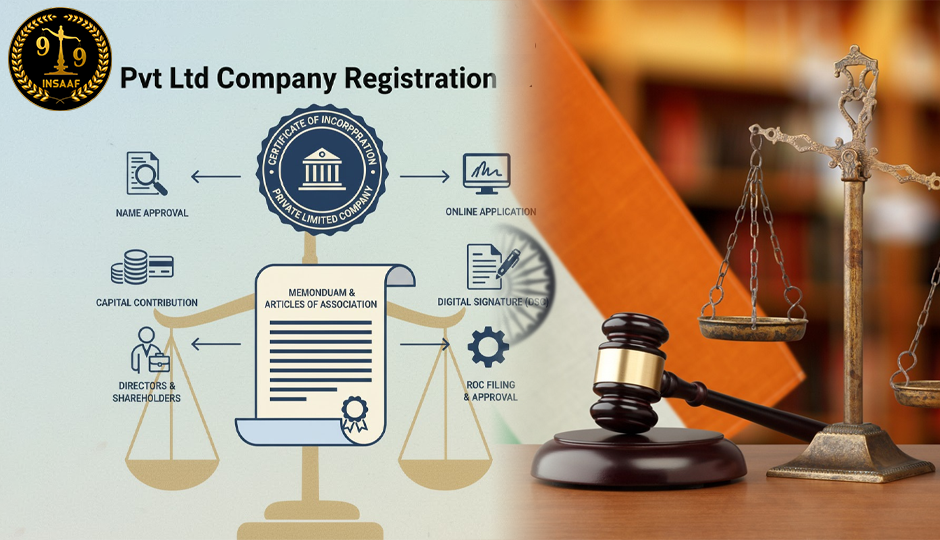Trending:
Top Blogs

CALL NOW:
8800110989
Recent post

How to Apply for a Surviving Member Certificate Online in India
September 26, 2025

Probate of Will - Requirement and Process in India
September 17, 2025

What is Corporate Law? Concepts, Compliance & Career Scope
September 08, 2025











